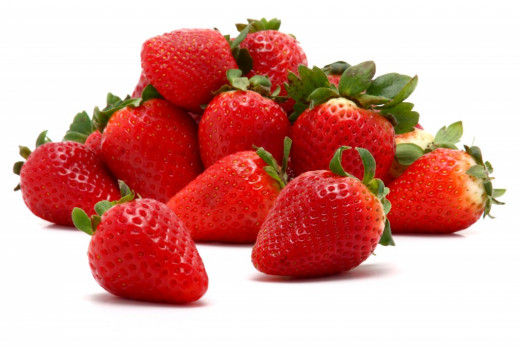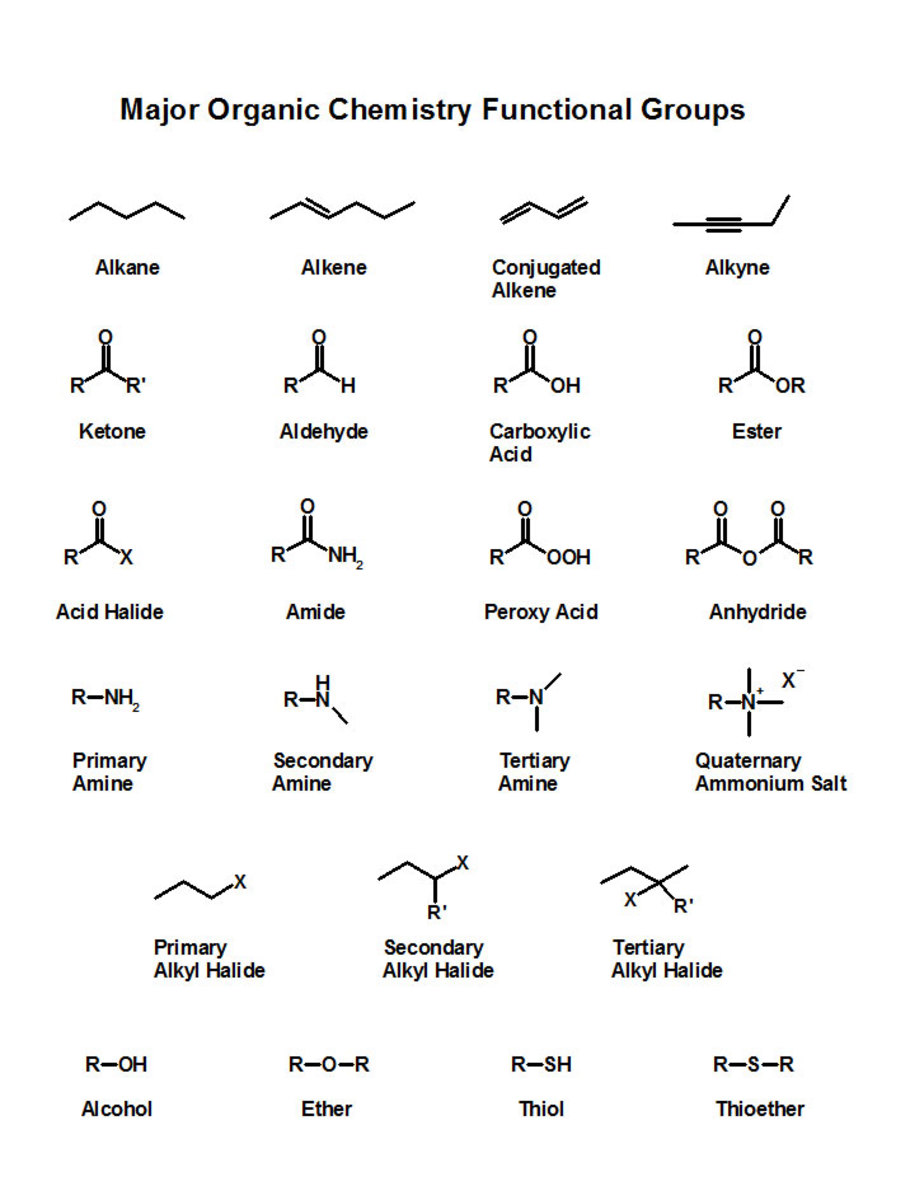Synthesis of Aromatic Esters -a K12 Project

The flavor and aroma industry widely makes use of synthetic chemicals in the form of esters. Esters are alkyl derivatives of carboxylic acids. Esters are chemically represented as RCOOR’ and have the general formula CnH2n+1-COOR’
Synthesis of esters is a lucrative business as the flavor and aroma industry caters to a variety of tailor made aromas to suit today’s consumer. A project in the synthesis of aromatic esters is hands on experience in re-creating an ester in the mundane conditions of our very own laboratory. It improves upon the knowledge of a student in understanding both - the Esterification reaction as well as observing the relationship between aroma and alteration of an alkyl group to recreate a new odor. The classic reaction known for the preparation of an ester is the Fischer Esterification. This reaction involves treating a carboxylic acid with an alcohol in the presence of a dehydrating reagent such as conc. H2SO4
The general reaction for esterification reaction is shown below :
RCO2H(carboxylic acid ) + R’OH(alcohol)<-->RCOOR’+ H2O
Typically the speed of any reaction can be increased with the inclusion of a catalyst. Similarly, in the esterification reaction the carboxylic acid in the product acts as an auto-catalyst and expedites product formation.
Although the use of conc sulfuric acid (H2SO4) poses to be a health hazard, the amount of acid required is minimal. Acid burns or splatters can be avoided with appropriate safety equipment and careful use. Esterification can be carried out by modifying either the carboxylic acid or the alcohol. The resulting esters can be liquids with fruity or non fruity odors or flavors. Synthetic esters made in our lab as part of the K-12 project include esters with both fruity and non-fruity aromatic notes.
Methyl salicylate, commonly known as oil of wintergreen is an ester in which the carboxyl group of salicylic acid reacts with methyl alcohol. Oil of wintergreen is used both as a topical analgesic in rubs for sore muscles as well as a flavoring agent in throat lozenges. Methyl salicylate is also used to lower the freezing point of glacial acetic acid, thus making glacial acetic acid safe for transportation.
The odor of Concord grapes can be experienced in the your laboratory with the synthesis of methyl anthranilate. This is an ester of anthranilic acid also known by other names such as methyl 2-aminobenzoate, or carbomethoxyaniline. It is a clear to pale yellow liquid which gives a light blue fluorescence. Methyl anthranilate is widely used both in the flavoring as well as perfume industry.
The ester formed when acetic acid is reacted with propanol is propyl ethanoate. It is a colorless liquid with the characteristic smell of pears. It is formed by the esterfication of ethanoic acid and propan-1-ol. This is used as an industrial solvent as well as for flavor and fragrance. Fruity aromatic notes of pineapple, strawberry and apple which are very popular flavors, both in the perfume as well as flavor industry alike have a wide scale demand in industry. The pineapple flavor can be synthesized by combining butyric acid with n-butanol. The ester formed is n-butyl butyrate which has an aroma akin to freshly cut pineapples.
The realm of organic chemistry makes the strawberry flavor easily accessible through the synthesis of ethylbutyrate an ester formed through a condensation reaction between ethyl alcohol and butyric acid. The spirit industry uses the strawberry flavors with the magic of ethyl butyrate. Organic esters are cheap to manufacture as well as serve the purpose in replicating both flavor and taste.
When methyl butanoate is included in a formulation, you can whiff the fresh scent of apples in shampoos and drinks. This aromatic apple scented ester is formed when methyl alcohol is condensed with butyric acid.
An aromatic sweet smelling lab experiment can be the fresh change that a student can experience from the otherwise rote experimentation and lab work of corrosive and obnoxious fumes.
This project was meticulously carried out in our lab at MKVIV. Borivali(W) due to the concerted efforts of Jay Savla, Shubhra Chhazed, Urvashi Soneji and Anushua Nath of XIIB.



